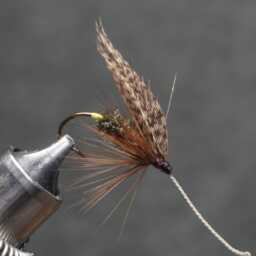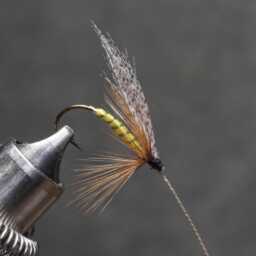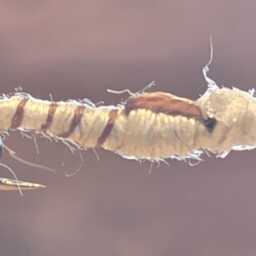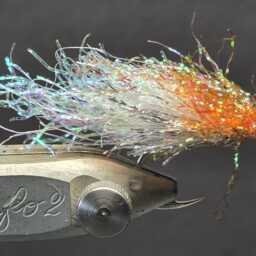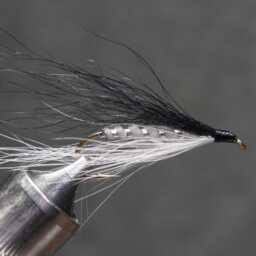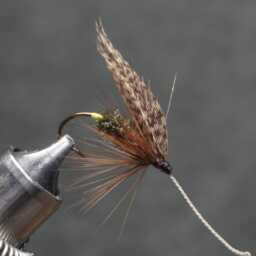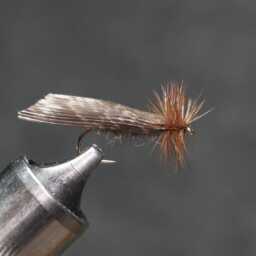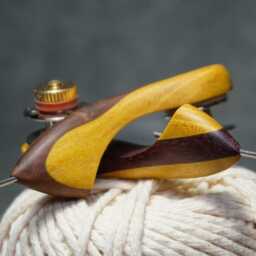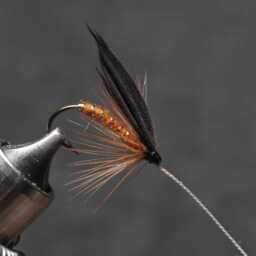Angora goat, also known as African goat dubbing, is a favored material in fly tying, serving as a substitute for seal dubbing. This natural, coarse, and spiky hair is long, translucent, and has a soft texture that makes it easy to work with. Angora goat dubbing is commonly used in patterns for salmon and steelhead, as well as in large nymphs and patterns for mayflies and stoneflies. It is also effective in a dubbing loop for creating shaggy leech patterns and for use in streamer bodies and collars.
The Angora, or Ankara, is a breed of domesticated goat from Turkey known for producing the lustrous fiber called mohair. This breed is found worldwide, with various derived breeds including the Indian Mohair, Soviet Mohair, Angora-Don in Russia, and the Pygora in the United States. The Angora goat is moderately small, standing about 50 centimeters at the withers. It is slender, elegant, and light-framed, with a small head and semi-lop ears. Typically horned, the horns of males are often long, twisted, and robust. The Angora goat is covered almost entirely in long, fine, and lustrous ringlets of mohair, except on its face and legs. While the face and coat are usually white, black, brown, and grey variations can be found, particularly in southern Turkey.
Angora goats are raised for either mohair or meat. Mohair, which is not as fine as cashmere but is harvested in higher quantities, is sheared from the goats twice a year. In 2010, significant mohair production came from South Africa, with Argentina and Lesotho also being major contributors, alongside the United States, Turkey, Australia, and New Zealand. Additionally, in some regions, Angora goats are raised for their meat, which has been noted for its tenderness and high quality
« Back to Glossary Index
